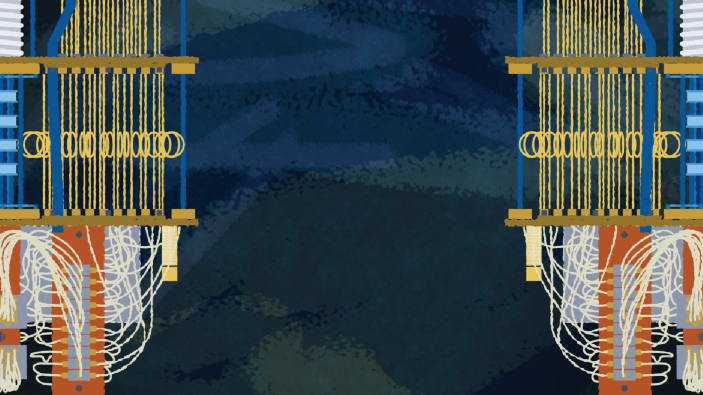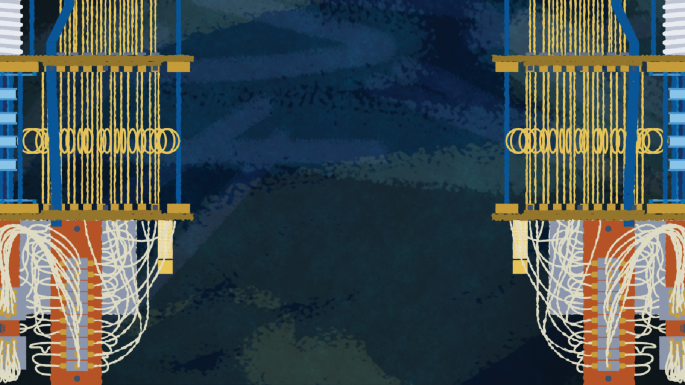The field of quantum computing has advanced rapidly in 2025, but the technology still faces substantial challenges in terms of scaling up.
Back in January, we selected quantum computing as our technology of the year for 2025. The origins of quantum computing can be traced back to proposals from the early 1980s. In the 1990s, the potential of a quantum processor to vastly outperform a conventional processor became clearer, and concrete suggestions for how to build such a machine followed. It is, however, more recently that quantum hardware has really begun to take shape, with a number of powerful demonstrations emerging from research groups in both academia and industry last year, fuelling growing excitement and expectations about the technology1.
The rapid pace of development has continued since January. In February, for instance, a research team from PsiQuantum reported in Nature a manufacturable platform for photonic quantum computing2. That month also saw Microsoft announce in a press release that it had created topological qubits3; the announcement was however greeted with a degree of scepticism from the community4. Then in March, a team led by researchers from D-Wave Quantum reported in Science that superconducting quantum annealing processors could outperform state-of-the-art classical simulators5. And last month, researchers from academic institutes and companies in Australia and Japan reported in Nature that a complementary metal–oxide–semiconductor (CMOS) chip operating at millikelvin temperatures could be used to control silicon metal–oxide–semiconductor (MOS)-type electron spin qubits6.

The rapid advance of the technology this year has also been seen in the pages of Nature Electronics. Our May issue, for instance, featured work from Jinchen Wang and colleagues at the Massachusetts Institute of Technology and Cornell University on building wireless terahertz cryogenic interconnects for use in quantum computing7. In this issue, Wolfgang Pfaff and colleagues at the University of Illinois at Urbana-Champaign report the development of elementary networks of interchangeable superconducting qubit devices; an approach that provides a modular architecture that could be used to scale quantum processors.
Elsewhere in this issue, Danielius Kramnik and colleagues at the University of California, Berkeley, Boston University and Northwestern University report an electronic–photonic quantum system-on-a-chip that can provide scalable control of microring resonator quantum photon-pair sources. The system, which is fabricated in a 45 nm CMOS microelectronics foundry, could be of use in the scaling for silicon photonic quantum computers. (See also the accompanying News & Views article on the work from Yun Zheng, Xinyu Jia and Jianwei Wang of Peking University.)
Our broader exploration of quantum computing — which began in January with a consideration of the past8, present9 and future10 of the field — also continues in this issue. The quantum bits (qubits) that form the basis of quantum computers can be built from a variety of different physical systems, with superconducting circuits a leading platform. But creating a useful quantum computer is likely to require systems with millions of such superconducting qubits. In a Comment article in this issue, Anthony Megrant and Yu Chen discuss the challenges of scaling superconducting quantum computers.
The researchers — who are based at Google Quantum AI — note that building a fault-tolerant quantum computer is “comparable to constructing a mega-science facility such as CERN or the Laser Interferometer Gravitational-Wave Observatory (LIGO)”. They stress that success in this endeavour will require a sustained collaboration between industry and academia.

